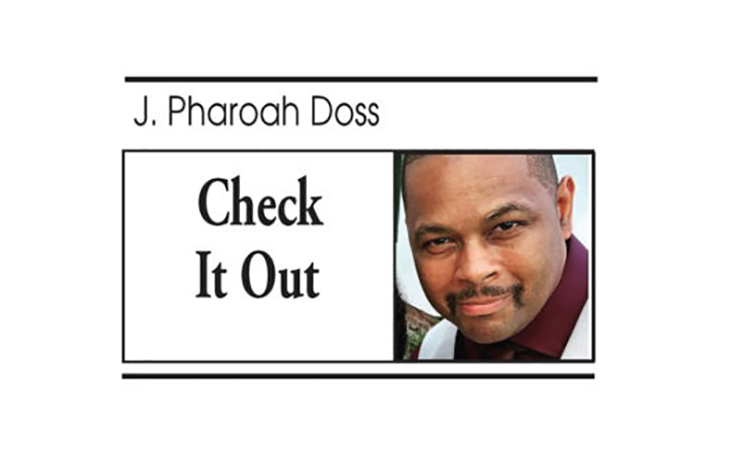“Wow,” began a social media post by a person whose profile picture was an Israeli flag, “I used to support Black Lives Matter. I don’t know if I can anymore.”
This was in reaction to BLM-Chicago’s posting of an image of a paraglider with a Palestinian flag attached to its chute with the caption, “I stand with Palestine.”
BLM-Chicago posted the image after Hamas launched thousands of missiles from the Gaza Strip into Israel during a surprise attack on Oct. 7. Hamas terrorists used paragliders to cross the Gaza-Israel border, while other Hamas terrorists stormed into Israel by car, motorcycle, and on foot. They attacked Israeli forces, massacred hundreds of civilians, and took hostages back to Gaza.
According to US President Joe Biden, Oct. 7 was the bloodiest day for Jews since the Holocaust.
Fact-checkers questioned if certain social media photographs of paragliders were part of Hamas’s surprise strike. In any case, it has been suggested that the image of a paraglider with a Palestinian flag symbolizes how even the most powerful military may be caught off guard.
But is that what BLM-Chicago was trying to say when they posted the paraglider image? Were they simply reminding Israeli security forces to stay alert, or were they applauding Hamas’s carnage? The answer is the latter. BLM and their academic sympathizers have previously advocated for violence against Israel. Unfortunately, no one paid attention.
Marc Lamont Hill, an academic, BLM supporter, and advocate for Palestinian self-determination, spoke at the United Nations in 2018 about the similarities between BLM and Palestine, as well as his thoughts on violence.
Hill claimed that the impetus for his optimism for Palestinian liberation came in August 2014, when Black Americans were protesting the killing of a young man named Michael Brown by a White police officer in Ferguson, Missouri. Hill added that for the first time in his activist career, he saw a sea of Palestinians waving the Palestinian flag in the crowd, and the Palestinians indicated they needed to organize a solidarity project. The Palestinians reminded the Black protestors that they must fight together because state violence in the United States is the same as state violence in Palestine.

Hill stated that they could not allow the political left to remain radical in all other positions except Palestine. “Contrary to Western mythology,” Hill went on, “Black resistance to American apartheid was not solely based on Gandhian nonviolence. Slave revolts, self-defense, and other strategies that differed from Dr. King were equally crucial in maintaining safety and attaining liberty. If we want to be truly in solidarity with the Palestinian people, we must provide them with the same spectrum of opportunity and political possibilities.”
If reading between the rhetoric is difficult, BLM co-founder Patrisse Cullors made it apparent in 2015, when the Human Rights Program at Harvard Law invited Cullors and other activists on a panel titled Globalizing Ferguson: Racializing Policing and International Resistance. Cullors just returned from a visit to the West Bank and Gaza and informed the Harvard audience that Palestine was this generation’s South Africa and that the “imperialist project called Israel” had to end.
You’d be half right if you thought Cullors’s reference to “South Africa” meant Israel was an apartheid state. Angela Y. Davis, a scholar revered by the Black Lives Matter movement, articulated the other half in her 2015 book, Freedom is a Constant Struggle: Ferguson, Palestine, and the Foundations of a Movement. “Solidarity movements are, of course, by their very nature nonviolent.” Davis wrote. “In South Africa, even as the international solidarity movement was being organized, the ANC (African National Congress) and the SACP (South African Communist Party) came to the conclusion that they needed an armed wing of their movement. They had every right to make that decision. Likewise, it’s up to the Palestinian people to employ the methods they deem most likely to succeed in their struggle.”
In other words, Hill, Cullors, and Davis support the armed wing of the “Palestinian struggle.”
These thinkers have a big impact on the BLM movement as a whole. As a result, following Hamas’s Oct. 7 sneak attack, BLM-INDY declared, “The heroic Palestinian people have the right to resist their racist, White supremacist, land-stealing, Zionist occupiers!”
BLM grassroots added they “stand in solidarity with our Palestinian family, who are currently resisting 57 years of settler colonialism and apartheid. As Black people continue the fight to end militarism and mass incarceration in our own communities, let us understand the resistance in Palestine as an attempt to tear down the gates of the world’s largest open-air prison. As a radical Black organization grounded in abolitionist ideals, we see clear parallels between Black and Palestinian people.”
Marc Lamont Hill concluded his UN speech by stressing that “justice” required a free Palestine—from the river to the sea. So, when BLM claims they stand with Palestine, are they arguing for a two-state solution or for parallels to the final solution?